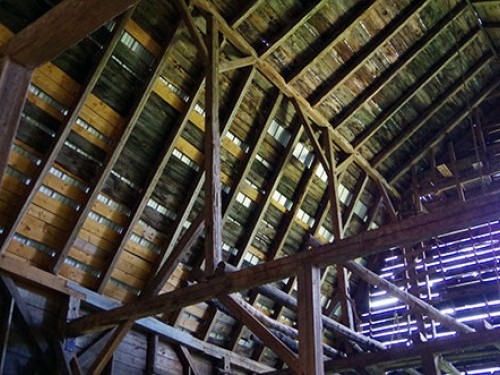Structural Design
Designing for an existing structure requires in-depth knowledge of historic construction and materials. Application of Building Code of Canada’s Division A (the objective based section) and international building codes is necessary to sucessfully conserve a heritage building. Building conservation best practices include minimized construction, reversible design, and maintaining the building’s value. Good conservation, done right, results in more valuable and greener solutions at a lower cost. We offer solutions that can outlast those of common practice, prolonging the structure’s lifespan and enhancing the dollar value of work.
Level 1 Design:
Conventional design based upon standard design practice. This level of design is intended for general situations that arise with existing buildings and structures without specific intent to maintain historic value.
Level 2 Design:
Design solutions based upon the particularities of the structure’s circumstances. Level 2 design is recommended as a starting point for most historic structure and building design work. Level 2 design uses conservation theory to clearly understand the structure or building as it exists. Situations are evaluated on a case-by-case basis to determine alternative approaches to meeting performance mandates.
Level 3 Design:
For use in more unique situations. Level 3 design involves the most advanced engineering design. This includes procedures such as providing a performance-based analysis of loads on a structure or building, as well as material tests of structural members to minimize construction. Seismic evaluation and retrofit is possible at this level. Level 3 design applies only in cases where Level 2 design suggests that going into a greater depth of analysis is likely to provide greater value to the client. Evaluation and design are based upon best practice as documented by the international conservation community and widely validated at academic levels but not commonly applied in industry.



